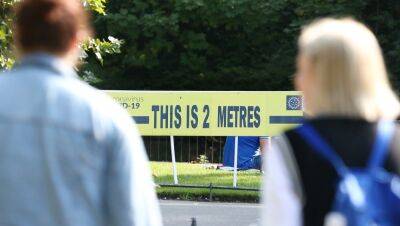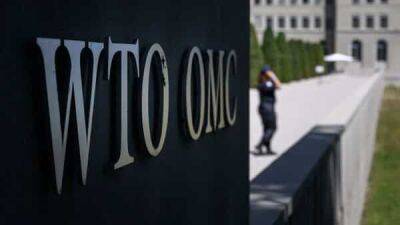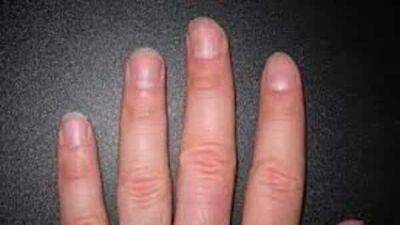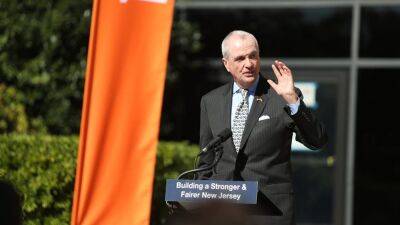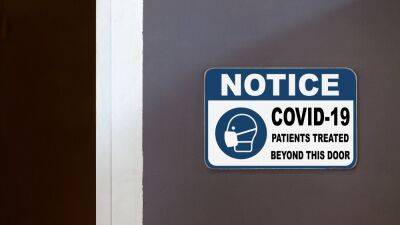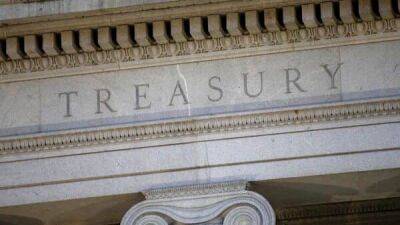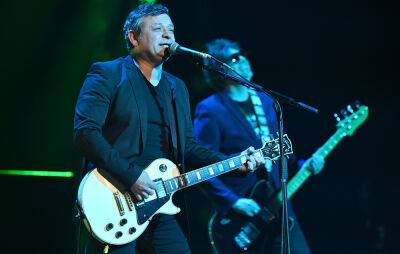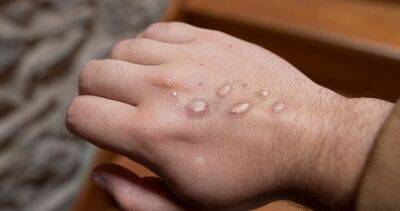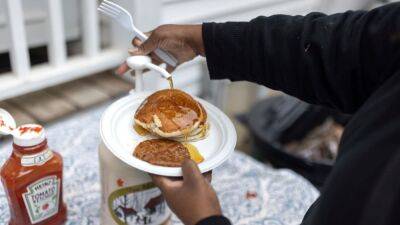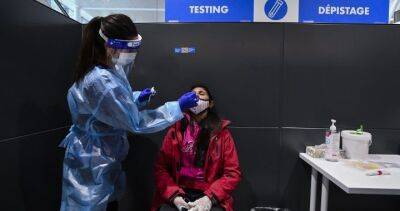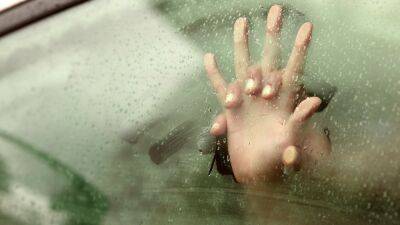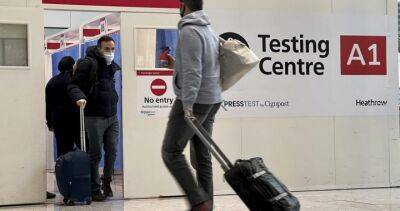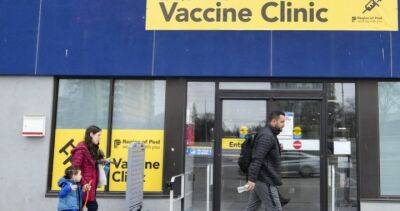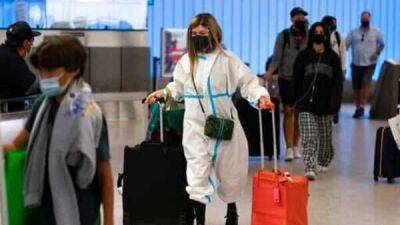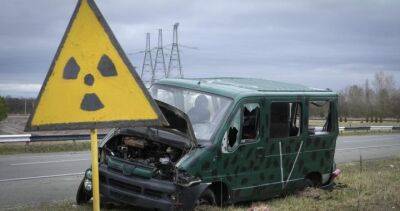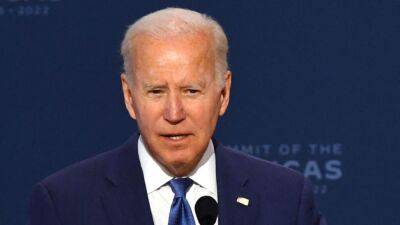COVID booster in NBA cut infection risk 57% amid Omicron
Booster COVID-19 vaccination was tied to a 57% reduction in cases among 2,613 National Basketball Association (NBA) players and staff who were regularly screened for infection during the Omicron variant surge, according to a research letter published yesterday in JAMA.Led by scientists from IQVIA and Johns Hopkins University, the study compared rates of COVID-19 among fully vaccinated NBA players and staff who did and didn't receive a booster dose and were tested more than once from Dec 1, 2021, to Jan 15, 2022.
Testing was routinely conducted after an exposure to the virus and daily amid a cluster of cases on a team.While players weren't required to be vaccinated, staff were mandated to be fully vaccinated by Oct 1, 2021, and receive a booster dose by Jan 5, 2022, if eligible.
Full vaccination was considered two doses of the Pfizer/BioNTech or Moderna COVID-19 vaccines or one dose of Johnson & Johnson.Players and staff had to wear face coverings, except for players on the court and head coaches during games.
As of Dec 21, 2021, boosted participants had received their last dose a median of 20 days earlier.85% were boosted by study endAmong the 2,613 players and staff, 67% were monitored for all 45 days of the study, with fully boosted participants accounting for 74,165 person-days and those who were fully vaccinated but not boosted despite being eligible accounting for 10,980 person-days.
Read more on cidrap.umn.edu


